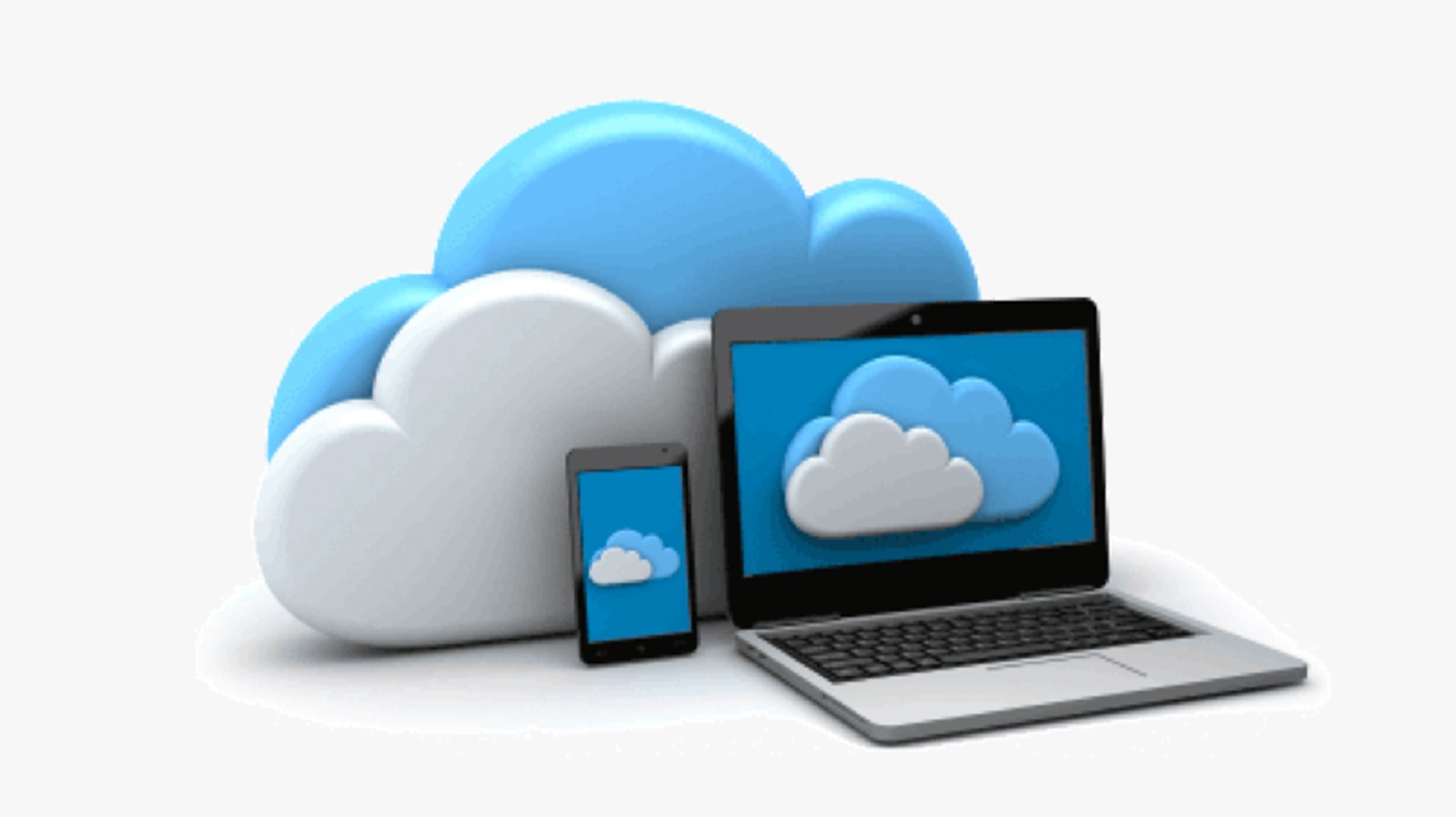Kitepipe is now a part of Atturra. Read the press release here..
Kitepipe is now a part of Atturra. Read the press release here..

If you haven’t spent much time there, the Cloud can be a mysterious place. Here are some things to expect when planning to relocate business functions to the Cloud. The Cloud is different things to different audiences. The Cloud can be shared or rented IT infrastructure. The Cloud can be data or document storage. The Cloud can be a Development and Deployment platform for custom applications. Learn more about migration services from the boomi experts at Kitepipe.
The Cloud that I want to discuss is the Application Cloud, the automation of business functions using a shared, configurable application that includes all infrastructure, maintenance, and platform development services.
I and others have written about the whys and the benefits of the Cloud. I thought I’d discuss what to expect when you take the plunge, and move a business process into a Cloud Application Suite. There are seven things to expect:
The new breed of Cloud Applications have rich functionality, and are highly configurable. It is my belief that better software engineering processes and tools, quicker release cycles, and high levels of competition are producing better and richer applications than are available Box-on-site. Box-on-site is an application installed in a server on your site, which is the pre-cloud alternative.
The Cloud, or software as a service delivery model, is much cheaper for the Vendor to execute than a box-on-site install and upgrade model. And properly done, the recurring revenue model creates strong profitability for the Vendor, and encourages aggressive pricing to acquire customers. If you don’t think you are getting really good value from your vendor, push for better terms.
By this I mean not only a web based user interface to collect, store, and access your data, but process ware – support for your business processes via workflow, managing processes and states, and “best practices”. Your vendor has hundreds of like businesses running on the platform, and the accumulated wisdom about best practices has been baked into the application. So take advantage of it. If the application works differently than your business processes, consider changing rather than customizing.
Security and access control is baked in at the data DNA level in most cloud application suites. You should expect to be able to manage who does what, and who sees what, down to the field level. This level of control can be daunting to the implementor, but thinking about roles and rights is one of the first things you do in a Cloud application suite. Although the rights gyrations needed to publish a Dashboard in Netsuite can seem extreme, it is nice to know that in Salesforce you have complete control over who can see an opportunity, and why, and how the sales numbers get rolled up .
The rich data models in a sophisticated cloud suite allow the application to be configured and customized without changing the platform. The bad old days of a new release breaking your unique customizations is largely a thing of the past. The application platforms are built to be customized, and workflow tools, custom records and fields, and customizable UI are all standard these days. But just because you can, doesn’t mean you should. Like in most software endeavors, concentrate on the 20 percent of the customizations that provide 80 percent of the business value.
All this richness, configurability, and role-based security and visibility mean a steep learning curve for you and your team. So expect to apply some strategies to help you up the curve. These might include investment in training, experienced implementation partners, and phasing the implementation to let your learnings sink in.
The new application might be generating leads, orders, or employee changes - but if these are high value transactions, you need to pass them over to the rest of the organization. The new application will need master file data - customers, or product masters. At minimum, the new application, what ever it is, will need user provisioning. For all of these use cases, it is time to have a cloud integration strategy. There is no better cloud integration strategy than Boomi.
Let us help you lay out your integration architecture, and understand the operational benefits of strongly integrated cross-platform business transactions.
The above comments are most applicable to the larger application suites, like Salesforce and Netsuite, but also apply to a lesser extent to the smaller HR, marketing, and CRM suites. I hope this list helps you envision your business process in the Cloud, and what you might expect when you get there.
Here are 18 Tips on CRM Data Migration.
© 2025 Copyright Kitepipe, LP - an Atturra company. ALL RIGHTS RESERVED.